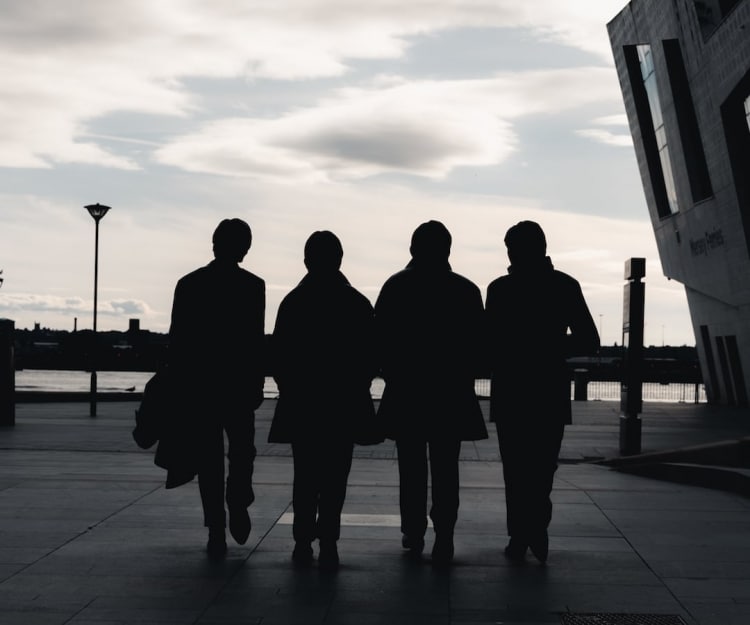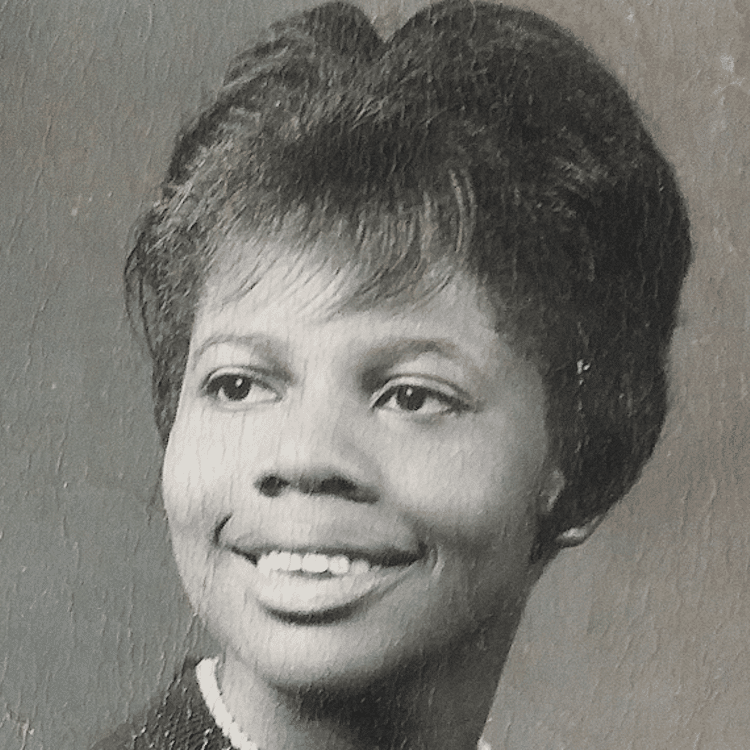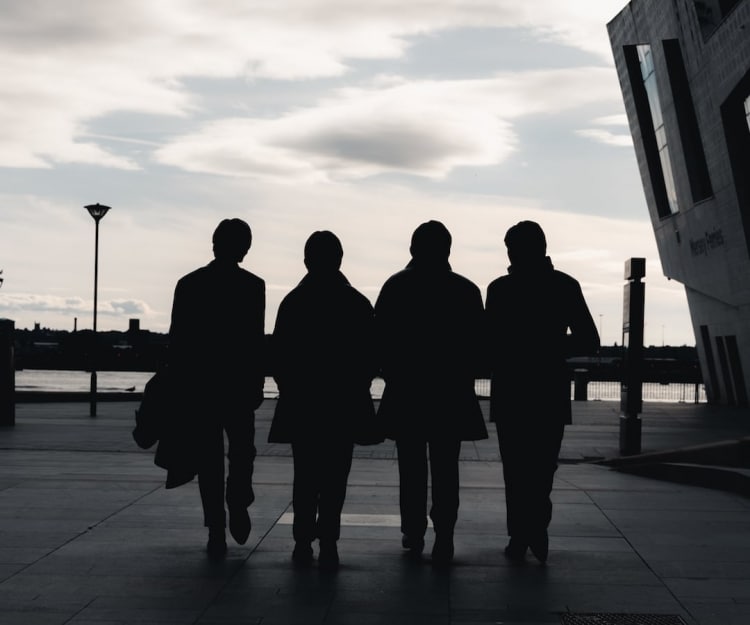The Story of Why The Beatles Refused to Play for Segregated Audiences

In 1964, a persistent hurricane-stricken Jacksonville, Florida crowd gathered excitedly to watch The Beatles step foot on stage. Little did they know just how close the concert was to being canceled. The U.S. was in the full throws of segregation and a civil rights movement. It was a time when, as historian Dr. Kitty Oliver remembers,
“public accommodations were separate, inequities were rampant, and opportunities were stifled.” She goes on to recount, “As tensions accelerated, our churches warned us not to get involved in civil rights activities for fear of reprisal against our parents.” It was also peak Beatlemania and a 16-year-old Oliver couldn’t help but be drawn to a wider world and perspective.“Still, some of us risked rebellion,” Oliver admits. “At night, for fun, I listened to the ‘White radio station.’ That’s where I was introduced to The Beatles. They were rebels, flaunting their difference in the way they looked and sounded, and I was a fan from the start.” This is also where she heard that The Beatles were coming to town and would be at the Gator Bowl Stadium in Jacksonville, Florida. Fueled by determination and the growing tide of the civil rights movement, Oliver saved money, took a cab, and headed to the event.
Kitty Oliver (high school portrait)
Meanwhile, tensions brewed between the band, stadium management, and promoters. Despite the tide of change, management of the Gator bowl held fast to maintain their long-held practices of segregated restrooms, water fountains, and seating. That news immediately caused The Beatles to reject the potential setup. In a press conference, the band openly expressed their refusal to perform under those conditions. John Lennon remarked: “We never play to segregated audiences and we aren’t going to start now. I’d sooner lose our appearance money.”
Although Gator Bowl managers and promoters initially resisted the group’s demands, they eventually caved to the financial pressure of a sold out 32,000-seat auditorium.
With gusty winds and Oliver surrounded in a sea of white faces, she recalls, “As the band entered and the crowd rose, a tall, slender white man to my left who looked to be in his 20s rocked unexpectedly close as the crowd rose, thunderous, in unison, when The Beatles took the stage. Then, tunnel vision set in: Eyes glued to the front, I sang along to ‘She loves me, yeah, yeah, yeah…’ full-voiced, just as loudly as everyone, all of us lost in the sound.”
The Beatles’ decision to hold fast to morality and their use of celebrity influence were ahead of their time; and, they afforded Oliver the moment of perspective widening and world enlargement she had rebelliously sought in her youth.
Statue of The Beatles Walking (Photo: Stock Photos from Liam.Jones/Shutterstock)
Source: The Story of Why The Beatles Refused to Play for Segregated Audiences






There are no comments at the moment, do you want to add one?
Write a comment